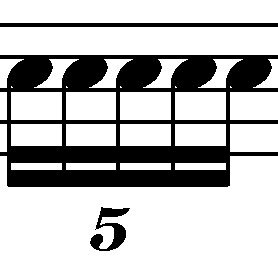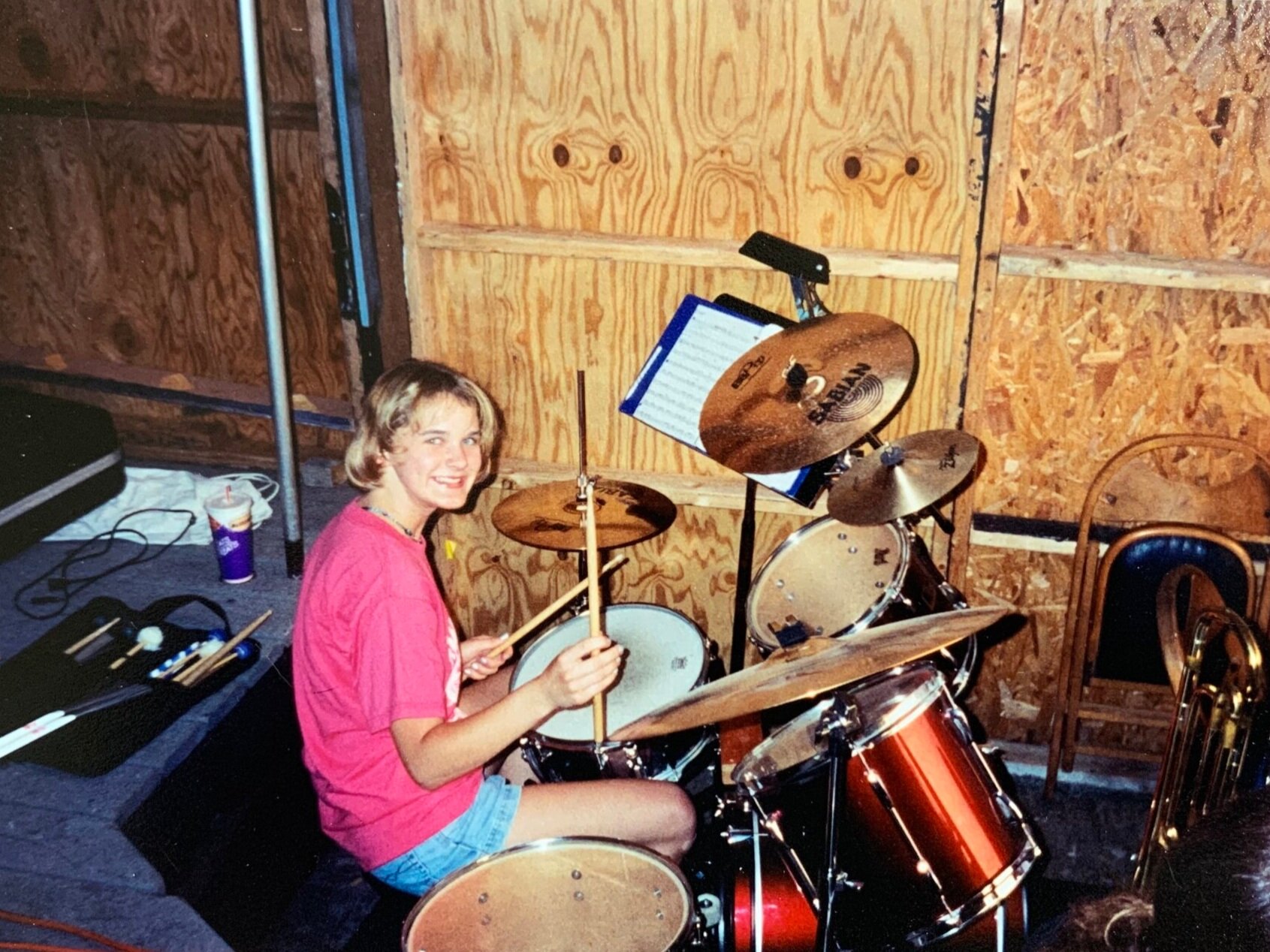Reflections on The Grinch
/This year would have been my fifth year of playing the national tour of How the Grinch Stole Christmas, but 2020 had other plans! It’s been bittersweet to be in NYC right now instead of freezing my butt of in Milwaukee or watching live music til the sun comes up in New Orleans, but on the other hand, I got to spend Thanksgiving with my wife for the first time EVER and we will get to celebrate Christmas from our own apartment.
Still, I miss the escapades that come with touring. I miss the thrill that comes with the curtain rising 8+ times a week and the antics that take place with my orchestra mates after every show. I miss the feeling I get when grandparents point out all the instruments in the pit to their grandkids before the show. I miss the theatre.
Though I know this show inside and out, I’ve never actually seen it, except for the occasional times when I can see above the lip of the stage, and even then, I’m playing so much during the show itself that I can only watch 2 or 3 scenes. Therefore, I am SO EXCITED that tonight I get to watch this musical on television, starring Matthew Morrison as the Grinch himself. I have so many questions — can an unsuspecting worldwide audience handle ‘Whatchamho?’ Will ‘Shopping’ be cut? What exactly happens on stage during ‘Down the Mountain’ that everyone raves about while I’m trying to not drop a stick? Will the quartet nail the harmonies in ‘Now is the Time?’ How many times will I cry? I can’t wait to tune in to NBC tonight to find out!
Here are a few of my favorite drum moments from the 2018 tour. Enjoy!



















